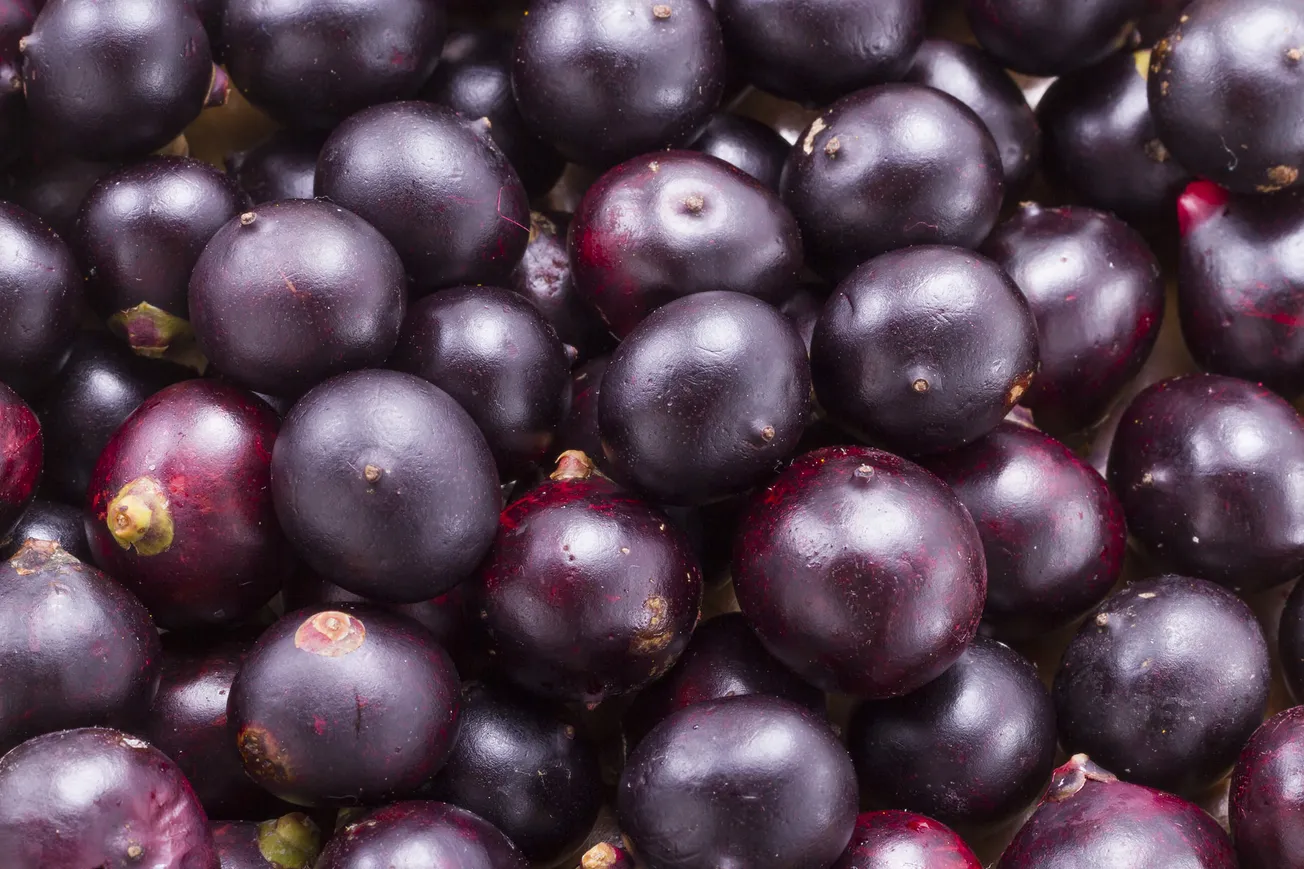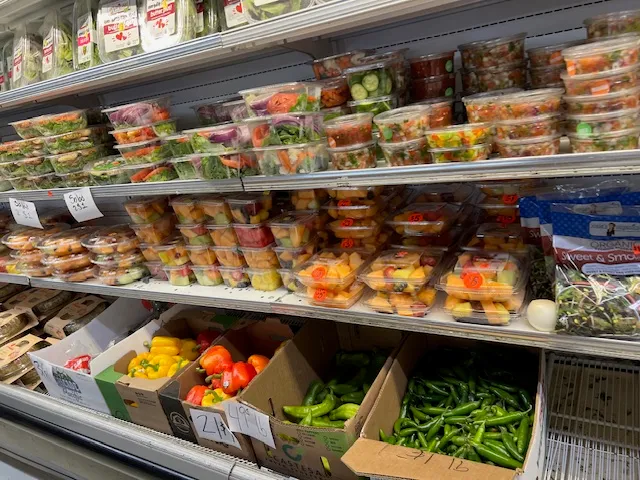Table of Contents
Lychee (Litchi): The Jewel of Tropical Fruits – A Complete Guide
Introduction
Lychee (Litchi chinensis), a tropical fruit native to southern China, is cherished for its translucent, juicy flesh and sweet floral aroma. Encased in a rough, rosy-red shell, lychee has been a symbol of royalty in Chinese culture for over 2,000 years. Today, it captivates global palates as a delicacy in gourmet dishes, beverages, and desserts, while its cultivation drives economies across Asia.
Global Varieties
Lychee cultivars vary by region:
- Brewster (China): Large, crimson fruit with crisp, sweet flesh.
- Mauritius (South Africa): Juicy, mildly acidic; popular for canning.
- Emperor (Taiwan): Thick-skinned, late-season variety with intense sweetness.
- Shahi (India): Grown in Bihar; small seed, high juice content.
- Haak Yip (Thailand): Heart-shaped, aromatic, and fiber-free.
Colors, Flavor, and Seeds
- Colors: Spiky red shell (pink when unripe, brown post-harvest). Translucent white to pale pink flesh.
- Flavor: Sweet, floral notes reminiscent of roses and grapes, with a hint of tartness.
- Seeds: Glossy brown, inedible when raw. Roasted seeds are used in traditional medicine.
Nutritional Profile
- Vitamins: Rich in vitamin C (71.5 mg per 100g), vitamin B6, niacin.
- Minerals: Potassium, copper, magnesium, phosphorus.
- Antioxidants: Oligonol (anti-inflammatory), flavonoids, and polyphenols.
- Glycemic Index (GI): Moderate (~50–60); consume in moderation for blood sugar control.
Health Benefits:
- Immunity Boost: High vitamin C combats infections.
- Heart Health: Potassium regulates blood pressure; antioxidants reduce LDL oxidation.
- Skin Glow: Oligonol enhances collagen synthesis and UV protection.
- Digestive Aid: Dietary fiber promotes gut health.
- Anti-Cancer Potential: Flavonoids inhibit tumor growth in studies.
Caution: Unripe lychees contain hypoglycin A, linked to acute encephalitis in malnourished children if consumed excessively.
Cultivation & Challenges
- Climate: Thrives in subtropical climates (70–85°F) with distinct dry winters and humid summers. Frost-sensitive.
- Soil: Deep, well-drained sandy loam (pH 5.0–6.5).
- Pollination: Bees and wind-pollinated; cross-pollination improves yield.
- Diseases:
- Anthracnose (Colletotrichum gloeosporioides): Causes fruit rot.
- Lychee Erinose Mite: Distorts leaves and reduces yield.
- Fruit Borers (Conopomorpha sinensis): Larvae tunnel into fruit.
Recent Production in India:
- Bihar and West Bengal dominate, contributing ~75% of India’s 800,000-ton annual yield.
- 2023 Update: Bihar’s "Lychee Mission" boosted exports by 30%, focusing on Shahi and China varieties.
Major Producers, Exporters & Importers
- Top Producers: China (2 million tons/year), India, Vietnam, Thailand, Madagascar.
- Exporters: Thailand (fresh), Vietnam (canned), India (processed).
- Importers: EU, U.S., Middle East, Japan.
Byproducts & Innovations
- Canned Lychee: Syrup-packed for global markets.
- Juices & Wines: Popular in cocktails (e.g., lychee martini).
- Jams & Desserts: Used in macarons, sorbets, and mochi.
- Essential Oils: Extracted from peel for perfumes and cosmetics.
- Traditional Medicine: Seed extracts used for pain relief in Chinese remedies.
Storage & Freezing
- Fresh: Store unpeeled at 40–45°F (high humidity) for 3–4 weeks.
- Freezing: Peel, deseed, and freeze arils in syrup for 12 months.
Culinary Uses
- Fresh: Peel, deseed, and enjoy raw; add to fruit salads or champagne.
- Beverages: Blend into smoothies, teas (e.g., lychee bubble tea), or cocktails.
- Desserts: Top pavlovas, ice cream, or bake into tarts.
- Savory Pairings: Pair with seafood (shrimp, scallops) or spicy Thai salads.
Quick Recipes:
- Lychee Mojito: Muddle lychee arils with mint, lime, rum, and soda.
- Lychee Sorbet: Blend frozen arils with honey and lemon juice.
- Spicy Lychee Salad: Toss with cucumber, chili, lime, and fish sauce.
Home Farming & ROI
- Propagation: Air-layering ensures genetic consistency; dwarf varieties yield in 3–5 years.
- Care: Full sun, drip irrigation, and organic mulch to retain moisture.
- Harvest: Fruit matures 100–120 days post-flowering; twist gently to pick.
- ROI: Mature trees yield 100–200 kg/year. Indian farmers earn $1,500–$3,000/acre.
Challenges
- Shortages: Erratic rainfall and heatwaves reduce yields.
- Perishability: Short shelf life demands rapid processing or export.
Western Acceptance
- Gourmet Demand: Featured in Michelin-starred desserts and fusion cuisines.
- Retail Boom: Sold in Costco, Trader Joe’s, and Asian supermarkets as fresh or canned.
Conclusion
Lychee’s intoxicating sweetness and regal heritage make it a crown jewel of tropical fruits. From ancient Chinese emperors to modern vegan desserts, its versatility spans millennia. With India and China driving production and innovation, lychee continues to enchant global markets, offering farmers profitability and food lovers a taste of paradise.
Did You Know? In Chinese culture, lychee symbolizes romance and prosperity. The Tang Dynasty emperor Li Longji famously had fresh lychees delivered 1,000 km by horse relay to impress his beloved concubine Yang Guifei!









